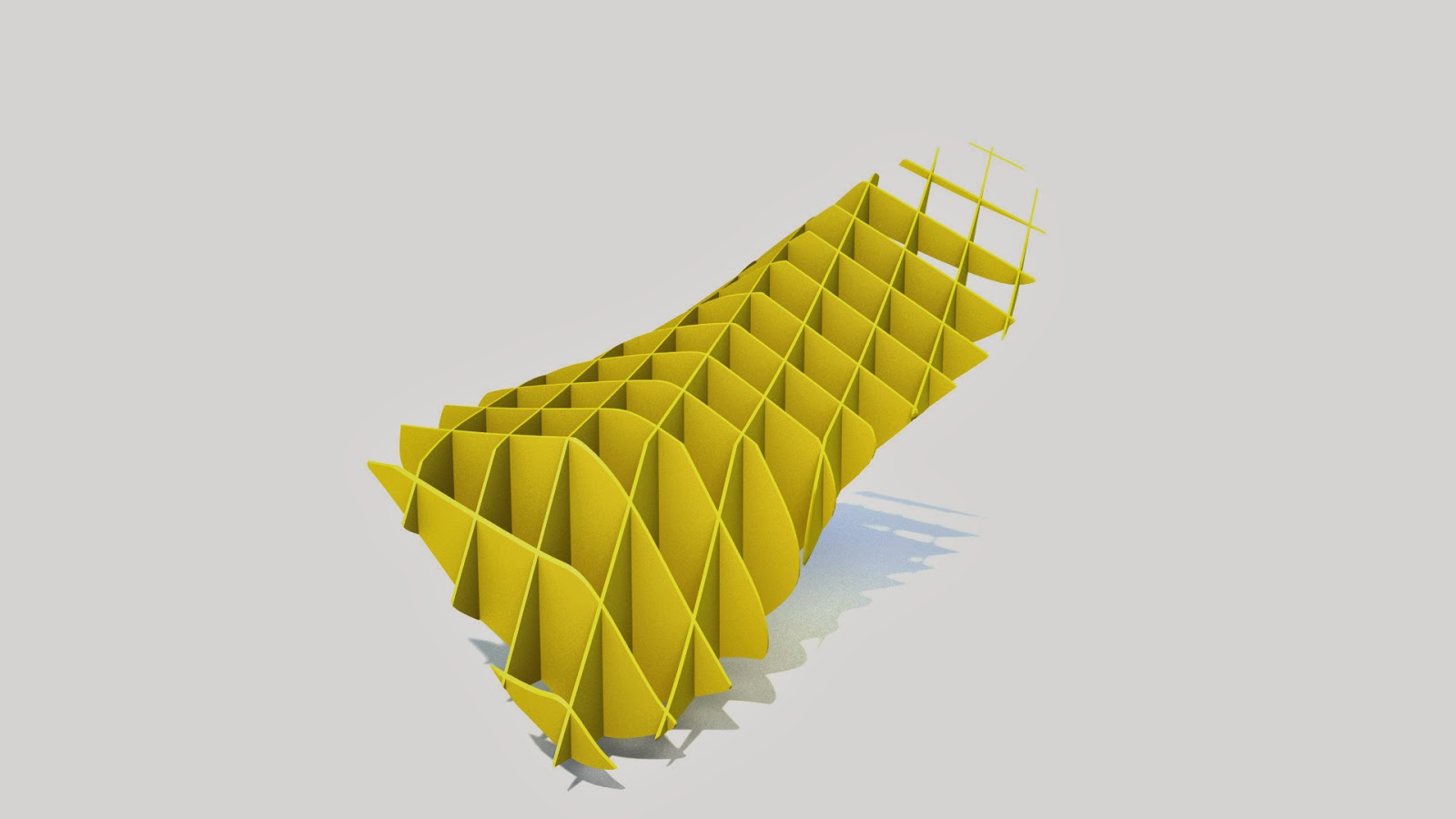This is really a continuation of my last two posts, with a few more variations and examples based on the curves and shapes we're working with.
First we have a selection of curves represented in this form (similar to the example in
this post).
Cellist Arm - Taken from Part 2 - Dies Irae
Conductor Arm - Taken from Part 2 - Dies Irae
Conductor Gyro - Taken from Part 2 - Dies Irae
Cellist Arm - Taken from Part 7 - Libera Me
Conductor Arm - Taken from Part 7 - Libera Me
Conductor Gyro - Taken from Part 7 - Libera Me
The left versions are taken from the outer most shapes, while the ones on the right are from the inner (intersecting) shapes. As some of the intersecting shapes were to small to use, I decided to filter out the smallest shapes by setting a minimum size to be generated from the curves.
Now here is something a bit different. I have taken a selection of shapes (that I created earlier - refer to
this post) and represented them in grid like structures.
Conductor Gyro - Taken from Part 1 - Requiem
Conductor Gyro - Taken from Part 2 - Dies Irae
Cellist Arm - Taken from Part 3 - Offertorio
Conductor Arm - Taken from Part 4 - Sanctusi
Cellist Arm - Taken from Part 5 - Agnus Dei
Cellist Arm - Taken from Part 6 - Lux Aterna
Conductor Gyro - Taken from Part 7 - Libera Me
By themselves, they are perhaps not as expressive or fully representative of Verdi's Requiem, but the techniques could be applied to better effect if combined as part of a more elaborate sculpture. Maya's boolean tools were used to cut the shapes up, although it took quite a bit of fiddling to get a consistent result as the boolean tools can be somewhat temperamental.
Turnarounds to come later on.
Ethan Shilling





















.jpg)
.jpg)


































